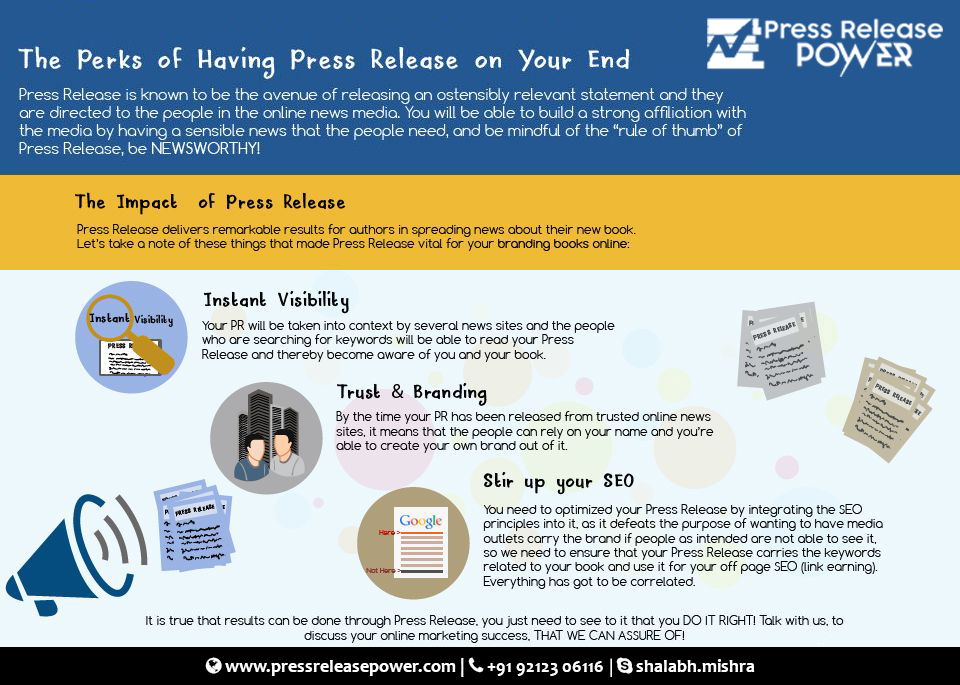How to Handle a Tenant Who Wants to Break the Lease
Breaking a lease can be a complex and sometimes stressful situation for both tenants and landlords. Understanding the legalities, processes, and the best course of action can help navigate this situation effectively.

Breaking a lease can be a complex and sometimes stressful situation for both tenants and landlords. Understanding the legalities, processes, and the best course of action can help navigate this situation effectively. This article explores the steps a landlord should take when a tenant wants to break their lease, including eviction processes, evicting a tenant, Section 21 notices, and landlord responsibilities.
1. Understanding the Tenant’s Request to Break the Lease
Before making any decisions, it’s crucial to understand why the tenant wants to break the lease. Common reasons might include job relocation, family issues, financial hardships, or dissatisfaction with the property. Open communication between the landlord and tenant can often lead to a mutually agreeable solution, saving both parties time, money, and potential legal conflicts.
1.1. Discussing the Issue with the Tenant
A simple conversation with the tenant may reveal a way to resolve the issue without resorting to legal action. It is possible to negotiate terms for breaking the lease early, such as:
- Finding a replacement tenant
- Paying for the remainder of the lease term
- Subletting the property
1.2. Reviewing the Lease Agreement
Before proceeding with any actions, both parties should review the lease agreement to understand the terms related to early termination. Many leases include a clause specifying the penalties for breaking the lease, such as forfeiting the security deposit or paying a certain amount of rent as compensation.
2. Legal Considerations for Breaking a Lease
There are laws that govern how lease agreements can be terminated early. As a landlord, it’s vital to understand these rules to avoid running into legal issues.
2.1. Tenant’s Rights
Tenants have specific rights under the law, and in some cases, they may be able to break the lease without penalty. For example:
- If the property is uninhabitable or there are serious health or safety violations.
- If the tenant is a victim of domestic violence, some jurisdictions provide exceptions for breaking leases.
It’s important to understand tenant protection laws in your area to avoid violating their rights.
2.2. Landlord’s Rights
Landlords also have rights when tenants break the lease, including the right to receive compensation for rent owed or the right to evict the tenant. However, eviction procedures must be followed precisely to ensure the process is legal and fair.
3. Evicting a Tenant: Understanding the Process
In cases where a tenant is unwilling or unable to negotiate a solution and refuses to vacate the property, eviction may become necessary. Eviction is a legal process that must be handled carefully and according to the law.
3.1. Grounds for Eviction
Landlords can initiate eviction proceedings for various reasons, such as:
- Non-payment of rent
- Violations of lease terms (e.g., subletting without permission)
- Damaging the property
However, eviction for a tenant simply wanting to break the lease can be tricky. In most cases, a landlord would need to follow the appropriate legal channels and not simply remove a tenant without due process.
3.2. The Eviction Process
To begin the eviction process, landlords generally must:
- Serve a Notice: Provide the tenant with a written notice specifying the reason for eviction. The notice should give the tenant a certain period (typically 14 or 30 days) to rectify the issue or vacate the property.
- File for Eviction in Court: If the tenant does not comply with the notice, the landlord must file an eviction lawsuit (known as an "unlawful detainer" action) in court.
- Court Hearing: A judge will review the case, and if the landlord is successful, a court order for eviction will be issued.
- Enforcement of Eviction: If necessary, the local sheriff or law enforcement will assist with physically removing the tenant.
4. No-Fault Eviction: When You Can Evict Without Tenant Fault
In some cases, a landlord can initiate an eviction even if the tenant has not violated any terms of the lease. These evictions are commonly referred to as "no-fault" evictions and occur under specific conditions.
4.1. Using Section 21 Notice for No-Fault Eviction
In certain jurisdictions, landlords can use a Section 21 notice, which allows eviction without providing a specific reason. This is a no fault eviction notice. It provides the tenant with at least two months' notice to vacate the property, after which the landlord can seek a court order to evict the tenant if they fail to leave.
However, Section 21 notices cannot be used during the first six months of a tenancy, and the landlord must adhere to all legal requirements for the notice to be valid. For instance, the landlord must ensure:
- The tenant has received proper notice.
- The property is in good repair.
- The tenant's deposit is properly handled.
5. Section 21 Notice: How to Issue a Valid Notice
A Section 21 notice is a standard procedure for evicting tenants when no fault is involved. However, it’s essential for the landlord to follow all legal requirements to ensure the notice is valid.
5.1. When Can a Section 21 Notice Be Issued?
- After the Fixed Term: If the lease is a fixed-term lease, the landlord can issue a Section 21 notice at the end of the term or during a periodic tenancy.
- Notice Period: The notice must give the tenant at least two months’ notice to vacate the premises. This is typically the minimum notice required by law.
5.2. Valid Grounds for a Section 21 Notice
To be valid, the notice must be issued according to the following guidelines:
- The tenant has received the proper documentation (e.g., Energy Performance Certificate, Gas Safety Certificate).
- The property is free of any significant legal issues (e.g., rent arrears or disrepair).
- No retaliation eviction is taking place (i.e., the tenant is not being evicted for complaining about repairs or their living conditions).
6. Landlord Responsibilities
As a landlord, you have several legal obligations that extend beyond just collecting rent. These landlord responsibilities play a critical role in managing the relationship with your tenant, especially if they want to break the lease.
6.1. Maintain the Property
Landlords must ensure that the property is habitable and meets all health and safety codes. This includes:
- Ensuring the property is free of hazards.
- Providing essential services like heat, water, and electricity.
- Addressing repair issues promptly.
Failure to meet these obligations could give tenants legal grounds to break the lease or withhold rent.
6.2. Handling Deposits
If a tenant breaks the lease early, the landlord is typically allowed to keep part or all of the tenant’s deposit. However, the landlord must clearly outline this in the lease agreement, and the deposit must be handled in accordance with local laws.
Conclusion: Approaching Lease Breaks with Care
Handling a tenant who wants to break their lease requires understanding, communication, and a clear grasp of the legal framework. By addressing the issue early on, reviewing the lease terms, and being open to negotiation, landlords can often avoid eviction and find a solution that benefits both parties. When legal action is necessary, following the appropriate procedures, including eviction and Section 21 notices, will ensure that landlords are within their rights while respecting tenant protections. Always remember to fulfill your responsibilities as a landlord, including maintaining the property and handling deposits properly.
What's Your Reaction?


















